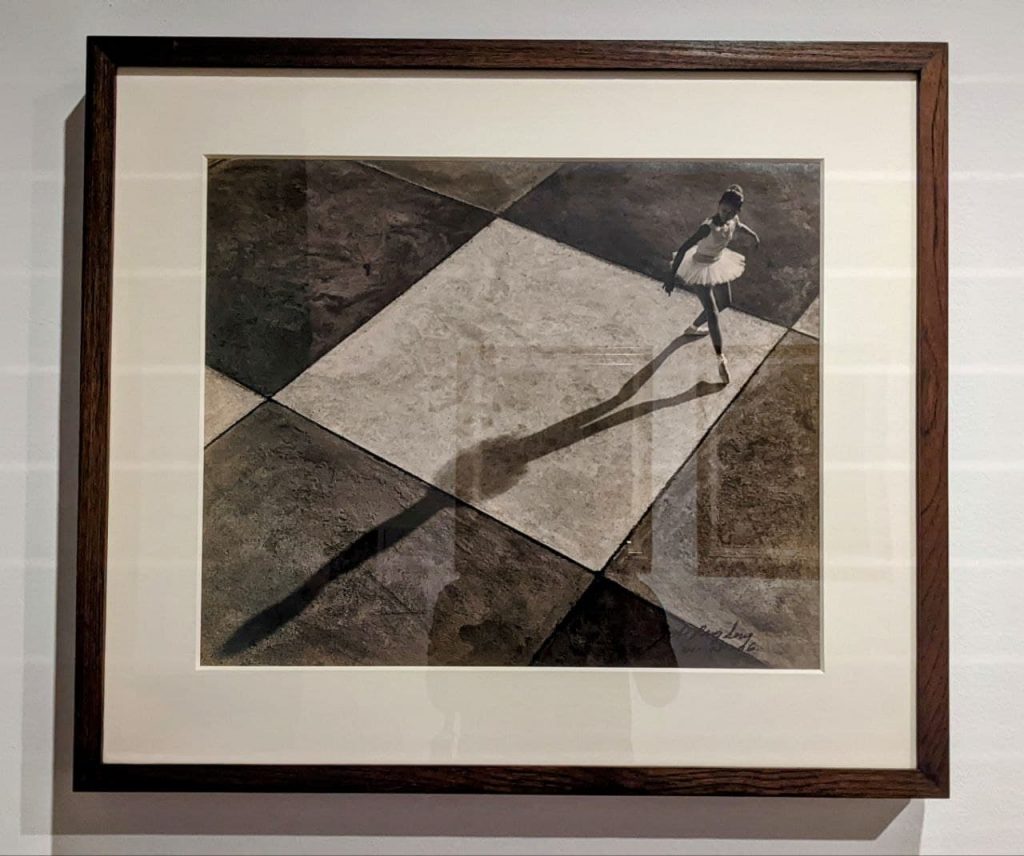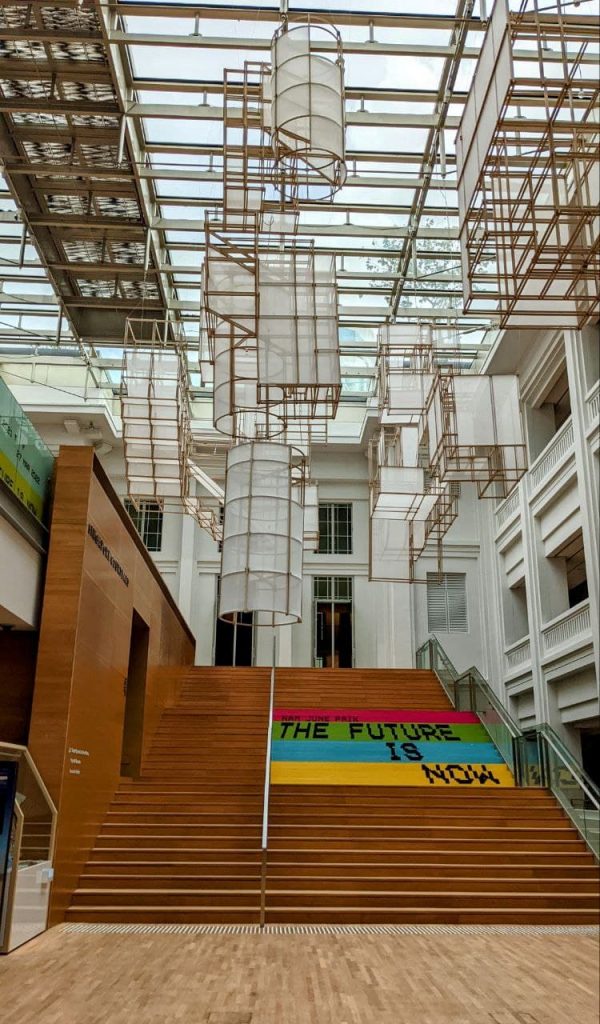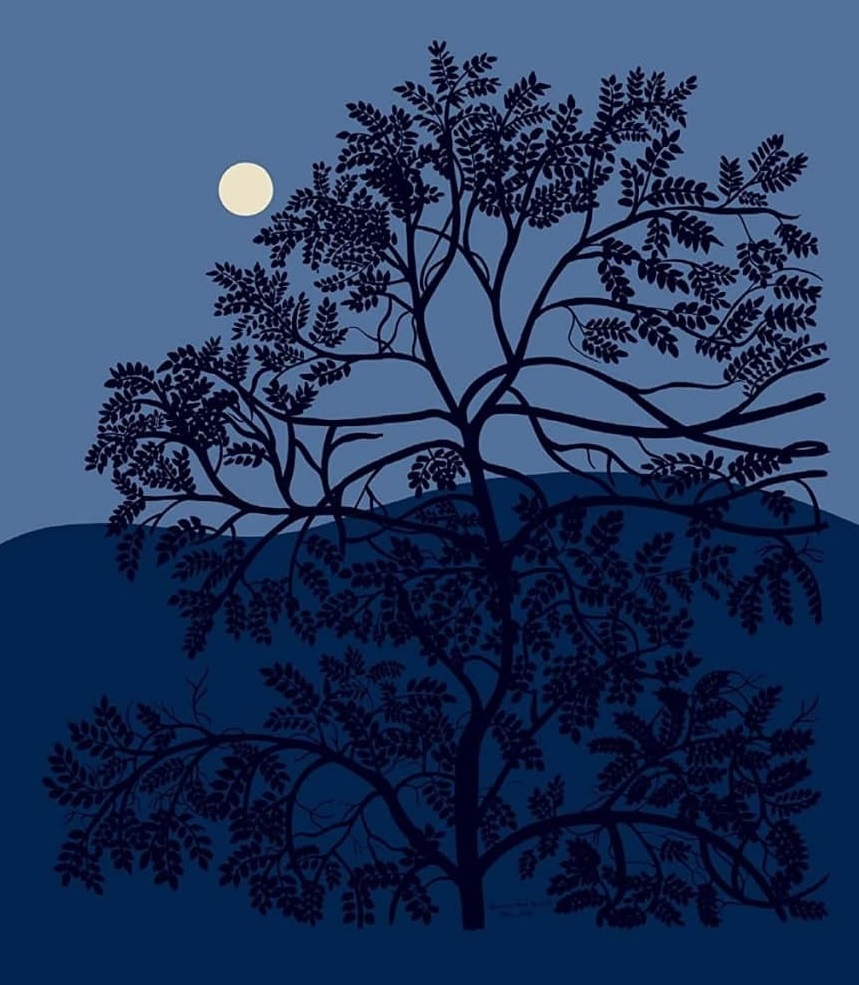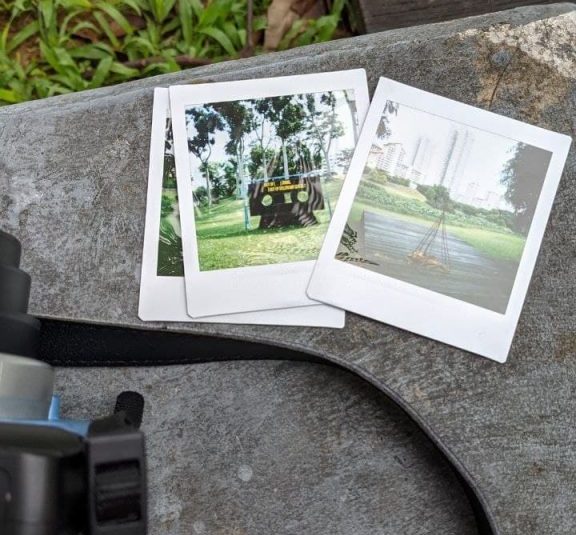Singapore has always been particular about how it presents itself. Whatever impression or narrative it wants to convey comes clear and straightforward. Often, the first mental image I get is of a lengthy refinement process, ideas hammered into shape by committees and countless reviews.
For a long time, then, a visit to the National Gallery — where rigorous curation is not just overt but unavoidable — didn’t seem urgent enough to squeeze into my calendar. Call it a misjudgment stemming from personal bias, haha. When it comes to art (or poetry, or music), I’ve always liked finding breakage: those instances of contradiction, of unexpected contrasts and variations, of surprising departures from established forms or themes.1A simplistic view, maybe? To the untrained eye, ruptures are always easiest to spot and appreciate. But considering this country’s overriding interest in cohesion, wouldn’t its institutions be (too) well-practiced in sanding down precisely those instances?
Well, 2022 started with a rare block of free time, so I figured I might as well go and find out.
The National Gallery is free for Singaporean citizens and permanent residents, as well as local students and teachers. Let me digress a bit here: I’ve always found admission rules for museums and galleries fascinating, because they say a lot about the audiences these places would like to speak to, and what they might want to say.2Or at least, which groups are deemed valuable enough to receive certain privileges 👀
Not all places allow residents in for free, for example. So what does it say about Singapore that it would invest resources to make sure these groups always have access to the cultural narratives being woven in these institutions? (Students are a common category for these kinds of exemptions anywhere, but it’s also interesting to see which other groups enjoy similar privileges, and in which venues. The Louvre, for example, offers free admission to unemployed people; MoMA offers the same to active members of the US military.)
Starting off my visit, then, I was expecting displays chosen to convey a story of smooth, harmonious development.3It would make sense, both for a gallery seemingly prioritising local residents, and for a young country invested in knitting different races and cultures together. Except, nope: the exhibition my friend had picked was headlined with a question.
“Siapa nama kamu?” three galleries’ worth of Singaoporean artwork had apparently been assembled to ask. “What is your name?” When we approach identity as a question instead of a statement, doesn’t that create space for contrasting viewpoints and intriguing contradictions?




Unsurprisingly, a lot of the earliest “art” pieces are products of colonialism: sketches from European officials surveying the region and assessing its potential for production; observations from travelers venturing into “alien” territory and cataloguing its inhabitants like otherworldly specimens. All of it filters rich, vibrant realities through dehumanising perspectives — a violence that’s at once abstract and yet painfully visceral.
It’s jarring to see how casually this violence is recorded and perpetuated. Even more disconcerting, I guess, is seeing these pieces displayed as a prominent part of Singapore’s artistic lineage in the first place.
Doesn’t that raise interesting questions (and not just for Singapore)? How are we supposed to label and present artifacts crafted with the kind of sensibilities that we now identify as ignorant, domineering, harmful? Where do these pieces fit into a country’s artistic history, and how do we allocate a place for them without erasing or downplaying the massive colonial enterprise they’re part of?
On its own, this section of the exhibition seemed to drift close to glossing over that colonial baggage. But later sections seemed to offer a direct counterpoint in this lovely series of photos:
I love these because they reward slow looking. 🙂 As evidenced by the artwork above, colonial empires busied themselves with catalogues and records. How fitting, then, that these photos are processed to resemble old botanical diagrams — but upon closer inspection, you can just make out words running through the plants. It turns out that these are excerpts from colonial literature, grafted onto plants at historical sites in Singapore. These installations had then been left to rot, highlighting how reams of language can be produced to define a place, but the place itself grows over all these attempts at containment in the end.
This idea of boundaries and overgrowth often resurfaces when I think about Singapore. Linked to the notion of cohesion, this place thrives on order, limits, clearly defined lines. It’s rigid and efficient — to the point of suffocation, some might argue.
Looking at the next set of photos, it was easy to see why people might think that way. Wu Peng Seng is regarded as one of Singapore’s most influential photographers, and his focus on technical craft and careful composition seems to encapsulate the cold, studied rigidity that the country is sometimes criticised for.



I suppose these photos caught my attention because of the utter lack of breakage. Humans are messy in many ways, but here, Wu Peng Seng manages to fit them neatly into (the illusion of) an ordered whole. There’s a line in the National Gallery’s article about this collection that sums it up well:
“The human figures in his photographs were never meant to be individuals; they are simply part of the ‘pattern’ that he was creating, a point of interest in the composition.”
Charmaine Toh, “Notes on Photography: Wu Peng Seng”
These photos seem to be Singapore at its most self-assured. Even then, though, the human elements that have been rendered inert within them seem to ask: to achieve this, what needs to be left unsaid?
The “Tradition Unfettered” wing struck me as a counterpoint to that, too. Collecting pieces from the 1940s – 1980s, this section focuses on various Singaporean artists’ attempts to use traditional techniques and media to say something unexpected or different. As the National Gallery itself put it, “Tradition in art was a creative source but also a burden,” and the wing brought together attempts to grapple with that weight.
Looking through these pieces, the recurring questions seemed to be: “What have the bounds of tradition asked us to leave unsaid? Why? What can be achieved when we try to tackle those subjects and themes anyway?”
The bulk of the collection spotlights the use of established Chinese ink painting techniques to depict unconventional subjects or themes. Most of the pieces in the slideshow above, for example, skip typical subjects like landscapes, instead finding motion and dynamism in scenes like kite-flying and waterfront life. Established standards for, say, scale and depth are also challenged, as seen in the collapse of spatial delineations in the third photo in the slideshow.

Likewise, this piece caught my eye because it uses traditional batik methods to produce the boldness and emotional intensity of abstraction. Similar to Chinese ink, batik is a tradition with deep roots. Seeing both infused with modern sensibilities was intriguing and delightful.
In fact, I liked this wing’s preoccupation with depicting everyday life and interiority in general. From what I’ve seen so far, notions of bounds and cohesion are felt keenest in the realm of public expression here. To see artists communicate the intensity, texture, and value of a person’s inner life — the opposite of how people appear in Wu Peng Seng’s photos! — still feels a bit rare and surprising.


In a way, the exhibition’s final section amplifies that sense of probing past certain limits. “Art breaks free from the white cube,” the National Gallery says, as Singaporean artists from the 1980s onwards turn a critical eye to the question of what constitutes art in the first place. “Siapa nama kamu?” — and this wing, it seemed, delved further into that question by asking what that name could be applied to.
The creation of art, to me, is a dynamic process, in the sense that artwork is somehow made and remade with each viewing. What I mean to say is that I subscribe to those schools of thought that cast viewers as participants rather than mere observers, even if that role may not always be obvious (may, in fact, be deliberately obscured sometimes).
That said, I’ve typically found museums and galleries to be prime venues for reinforcing that contrary illusion of viewers as observers. From the exclusivity implied by curation to the rules that shape visitor behaviour, these spaces often strike me as adept enforcers of a palpable, if invisible, line between artwork and viewer at each turn. As with other movements that emerged from the 1970s onward elsewhere in the world, though, the period of Singaporean art showcased in this wing seemed to have sharpened its awareness of that line and sought stubbornly to demolish it.
Works like the one above, for example, deliberately highlight the viewer’s role as co-creator: there is no chair unless someone carefully takes steps to construct it within their field of vision.
Likewise, the huge aluminum installation at the rooftop gallery draws attention to how our view of the horizon changes as we walk within its spirals — a statement that acknowledges and requires viewers to act as participants. The horizon embodies the limits of our perception, but our appraisal of those limits shifts as we move through time and space, adjusting ourselves to whatever circumstances happen to wind themselves around us.
“What is your name?”
Emerging from the exhibition, what lingered wasn’t any particular answer. Identity is a tricky thing, always in flux and resistant to any simple cohesion because of it. If anything, what I appreciated most about my visit was the gallery’s willingness to acknowledge how much of a question it can be (even for self-assured Singapore!), and to create space for exploring the wide range of attempts various artists have made to define and then defy the bounds of that question over time.


















